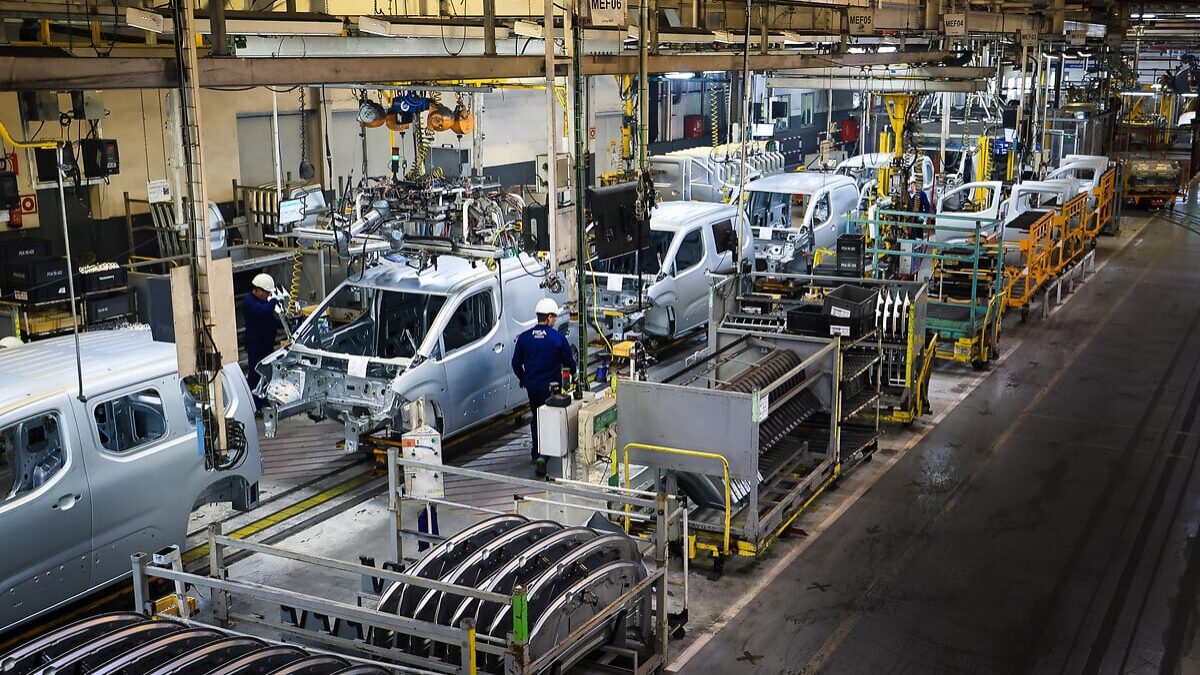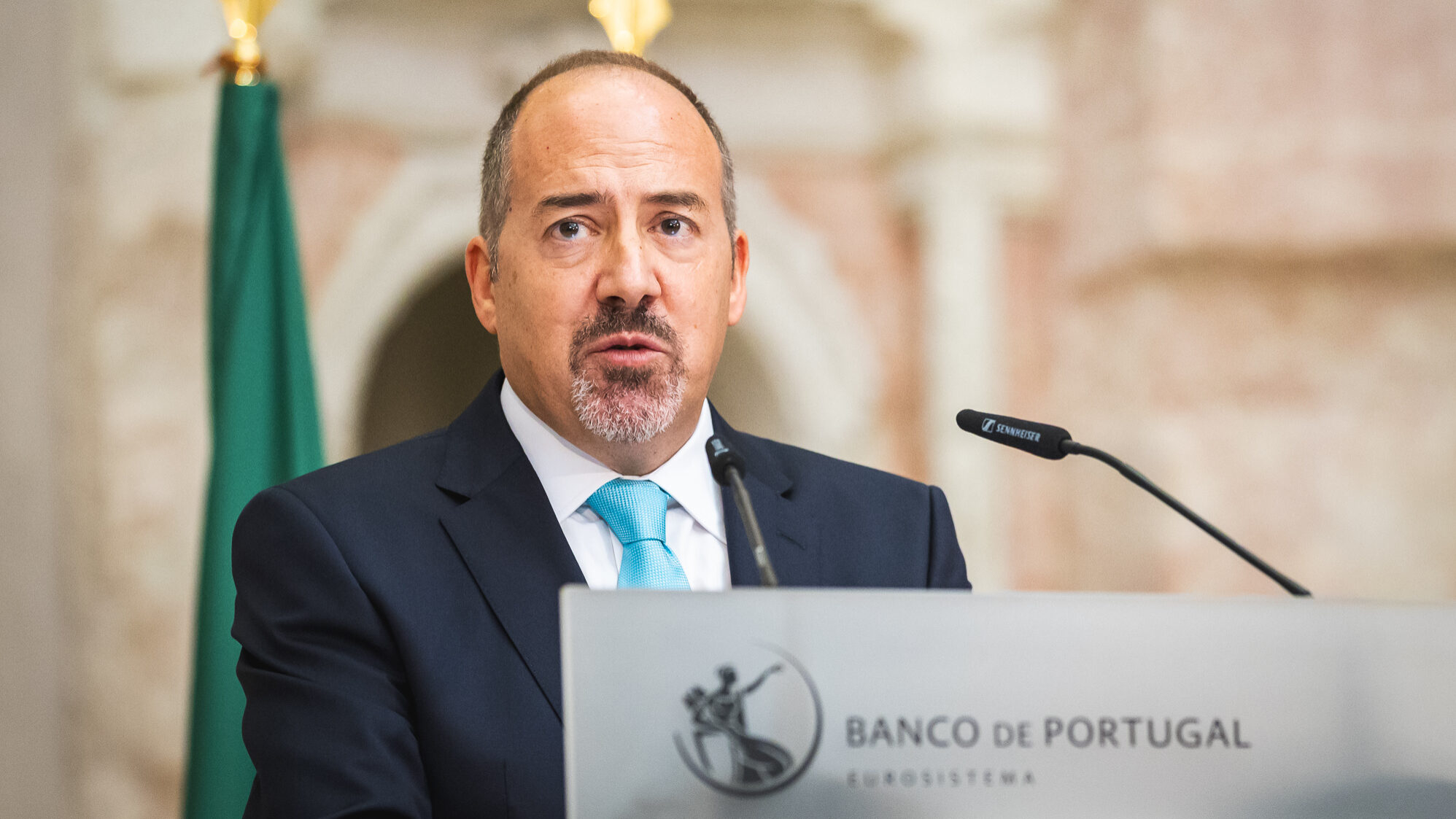Government plans to invest €1.6 billion in state reform until 2029
A large portion of the budget, almost 80%, will be invested by 2027, totalling €1.269 billion. Measures include creating an agenda for AI, a public service authority, and savings incentives.
The Government plans to spend almost €1.6 billion on state reform by 2029, according to the draft law on Major Options 2025-2029 to which ECO had access. The lion’s share, almost 80%, will be invested by 2027, totalling €1.269 billion. The main measures include the creation of a national agenda for artificial intelligence (AI), a civil service authority and savings awards in the State, as well as the launch of an arbitration court specialising in small and medium-sized disputes between companies/citizens and the Public Administration.
For the four-year legislative horizon, the Executive has allocated €1.595 billion for the multi-annual financing of policy measures associated with the priority axis ‘State reform and the war on bureaucracy: simplifying the lives of citizens and businesses’. This cheque will be distributed as follows: in 2025, €384 million will be spent; in 2026, €439 million; in 2027, €446 million; in 2028, €196 million; and in 2029, €129 million.
In terms of simplifying procedures, combating bureaucracy “that harms businesses and citizens” is central to Luís Montenegro’s government’s major policy options. To achieve this strategic objective, the Executive is committed, among other measures, to:
- “debureaucratise and speed up licensing, authorisation and public procurement regimes, eliminating excessive prior pronouncements (including opinions, whether binding or not), giving priority to ex post supervision, adopting tacit approval wherever possible, and penalising unjustified rejections;
- introducing sunset clause mechanisms, ensuring that the absence of clarification regarding a licensing process extinguishes certain requirements, giving citizens and businesses predictability and security in their investments;
- review and speed up the public administration’s financial control system, replacing the prior control paradigm with concurrent and successive control, and focusing the Court of Auditors’ jurisdiction on specific control and financial responsibility;
- review and speed up administrative and tax justice;
- review public procurement rules;
- create an arbitration court specialising in small and medium-sized disputes between companies/citizens and the Public Administration for licensing, administrative offences and fines, in order to obtain rapid proceedings (in less than 6 months) with binding decisions.
In order to digitalise the Public Administration, which is “essential” to make it “more agile and accessible” and to “improve the quality of services provided to citizens and businesses”, the Government is committed to:
- “deepen the reform of the front-office/back-office coordination of public services, using available technologies, including artificial intelligence, expanding services whose processes can be handled entirely digitally, while ensuring in-person or remote assistance to citizens who are technically excluded;
- creating a Single Digital Regulator to simplify the regulatory framework, reduce costs for businesses, promote competitiveness and innovation, ensuring a simpler, more predictable regulatory environment that is favourable to business and technological development and enhancing international attractiveness;
- ensuring interoperability between public administration services, eliminating redundancies through intelligent data sharing between services, respecting privacy and ensuring the application of the ‘once only’ principle, so that citizens and businesses do not have to provide data already available to the State, and also converging towards the use of a single platform for the central administration’s interface with citizens and businesses;
- investing in the development of AI solutions in public administration processes in order to improve the efficiency and quality of internal processes, with a view to reducing costs or improving the quality of services provided to citizens and businesses.”
The digitalisation of public administration “presupposes the existence of a culture of innovation and entrepreneurship that drives digital transformation, supports the development of innovative solutions in both public services and the business sector, and encourages research, specialised training and cooperation between different areas”, according to the draft law.
To “achieve this strategic objective”, the Executive intends to “implement the National Agenda for Artificial Intelligence, triggering a new era of productivity growth in the national economy and efficiency in public administration, mobilising society for education and research, for innovation and development of products and services supported by AI technologies, and for the qualification of different agents, students, managers, leaders, employees of public administration or private companies”, reads the Major Options (GO) 2025-2029.
But that’s not all. The Executive wants to “expand specialised training for talent, launching a digital skills pact, ensuring digital literacy and employability in the digital sector for all citizens, regardless of their location or social status”; and develop “a sovereign cloud infrastructure in Portugal, leveraging the infrastructure of cloud service providers in the national territory”.
At the organisational and institutional level, the Government is committed to “completing the reform of the centre of Government and the top echelons of the Direct State Administration, with the abolition of sectoral secretariats-general, the enhancement of specialisation in legal and planning functions and the evaluation of public policies, the development of shared central administration services, and taking advantage of the synergistic and rationalising potential of Campus XXI”.
Another objective is the “gradual relocation of various central services of the central State administration to other regions of the national territory outside the capital, giving priority to those whose activity or resources have greater affinity with the territory”.
As part of the “cross-cutting simplification” of State bodies, the Government intends to “reorganise functions and eliminate duplicate structures, redundant observatories and working groups, reviewing the associated expenditure and assessing organisational rationality throughout the Public Administration”. The aim is to “achieve a net reduction in the number of entities in the direct administration of the State”, with savings for the public purse.
In addition, the Executive includes among its priorities the review of the governance regime of the state business sector, in order to strengthen its transparency and qualification, and “divesting non-strategic holdings”.
Savings bonuses in the public service
Another aspect of the reform of the State involves valuing civil service workers, which is “essential to ensuring excellent public services”. To this end, the Government aims to “complete the review of civil service careers in accordance with the agreement reached with the trade unions; focus on enhancing the value of management positions and more highly qualified workers, particularly where the wage differential with the private sector is greater; and adopt mechanisms to attract highly qualified young people to the civil service, including through fast-track career paths”.
The Executive also includes in the Major Options the generalisation of “practices of material compensation for workers for individual performance and the respective service”, without giving details. In January this year, the Minister of Finance, Joaquim Miranda Sarmento, announced that the Government would go ahead with a pilot project to implement savings bonuses in the civil service.
With regard to the integrated performance management and evaluation system in the Public Administration (SIADAP), the Government wants to move towards a “simple and unbureaucratic” model, giving autonomy and responsibility to evaluators and greater weight to performance as a criterion for progression as opposed to seniority.
In addition, it revives the goal of creating a new public service authority, which was not approved by the President of the Republic. Thus, the Government aims to launch a “single entity” by merging the Directorate-General for Administration and Public Employment (DGAEP), the National Institute of Administration (INA) and the Social Services of Public Administration (SSAP), linked to the Recruitment and Selection Commission for Public Administration (CReSAP). At the time, Marcelo Rebelo de Sousa opposed the merger of the INA into the new body.
The aim of this new entity would be to bring together the “various functions and phases of the life cycle of public administration personnel and human resources policy, namely human resources policies, career management, compensation and benefits, selection and recruitment of managers and workers, evaluation, and training, development and knowledge of State workers and employees”, according to the Government’s Major Options for 2025-2029.




